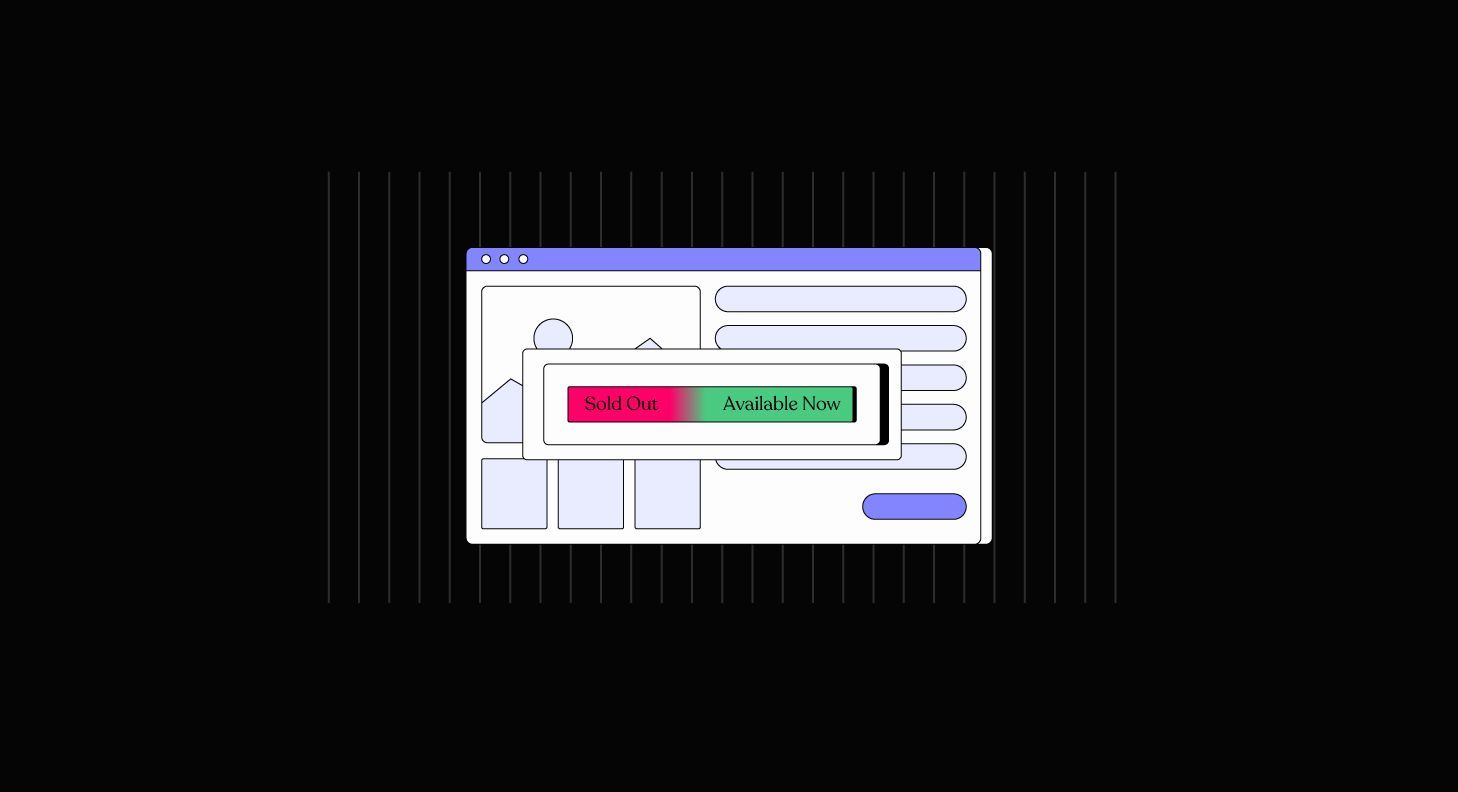Why "Sold Out" Doesn't Always Mean It's Gone Forever
You've been eyeing that perfect item online, and just when you're ready to make the purchase, you're greeted with the dreaded "Sold Out" sign. While initial disappointment is natural, a "Sold Out" status doesn't always spell the end. Let's explore why that item might not be gone for good.

You've been eyeing that perfect item online, and just when you're ready to make the purchase, you're greeted with the dreaded "Sold Out" sign.
While initial disappointment is natural, a "Sold Out" status doesn't always spell the end. Let's explore why that item might not be gone for good.
1. Dynamic Inventory Management
Modern e-commerce platforms often utilize sophisticated inventory management systems. These systems dynamically adjust based on various factors:
Sales Velocity: If an item sells faster than anticipated, it might be temporarily marked as "Sold Out" until the system verifies actual stock levels.
Returns and Exchanges: Returned items, once processed and checked for quality, can be reintroduced into the inventory, changing the product's status back from "Sold Out."
2. Just-in-Time (JIT) Restocking
Many online retailers adopt a JIT approach to inventory, restocking products based on demand patterns to minimize holding costs. In such cases:
Temporary Stockouts: An item might be marked "Sold Out" briefly before the next JIT restocking cycle.
Regular Restocks: Popular products that consistently sell out might have frequent restocking schedules.
3. Dropshipping Model
Some e-commerce platforms operate on a dropshipping model, where they don't keep products in stock. Instead, they purchase the item from a third party and have it shipped directly to the customer.
- Vendor Stock Levels: A product might be "Sold Out" on the e-commerce site due to unavailability from the third-party vendor but could become available once the vendor restocks.
4. Preparing for Seasonal or Promotional Sales
Retailers often temporarily mark items as "Sold Out" in anticipation of upcoming sales events, ensuring sufficient stock levels to meet the expected surge in demand.
- Temporary Unavailability: The product will be made available again, typically at a discounted price, once the sale event begins.
5. Quality Checks and Holds
Sometimes, products are temporarily pulled from online shelves for quality checks, especially if there's been feedback or complaints about a particular batch.
- Reintroduction: Once checks are complete and any issues are addressed, the product can be relisted, changing its status from "Sold Out."
6. Warehousing and Logistics
Logistical reasons can also result in temporary "Sold Out" statuses:
Transit Delays: Products in transit between warehouses might result in temporary stockouts.
Warehousing Errors: Miscounts or system glitches can lead to inaccurate stock levels, which are rectified once identified.
7. Customer Engagement Strategy
Some brands use the "Sold Out" status strategically to create hype and increase demand:
Artificial Scarcity: By making a product seem in high demand, brands can boost its desirability.
Building Anticipation: Regularly sold-out products can create anticipation for restocks, driving traffic and sales when they're available again.
Conclusion
The e-commerce landscape is intricate, and the "Sold Out" sign, while often a source of shopper frustration, is not always the final word on a product's availability. It's a dynamic indicator, influenced by a myriad of factors from inventory management to marketing strategies. So, the next time you encounter that sign, remember to check back after a while – you might just be in luck!
PS: We built a free solution to help you track the price and availability of your favourite products online. Price Whistle notifies you when the items are back-in-stock or available at a lower price. Check it out here.
